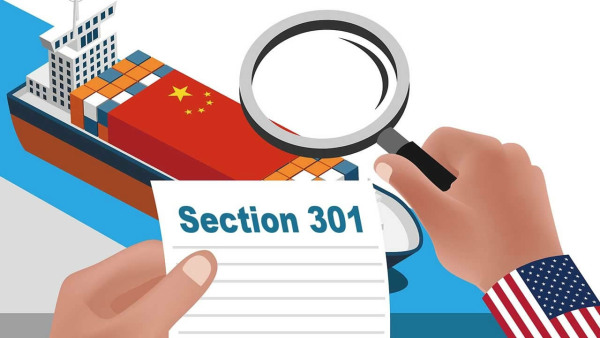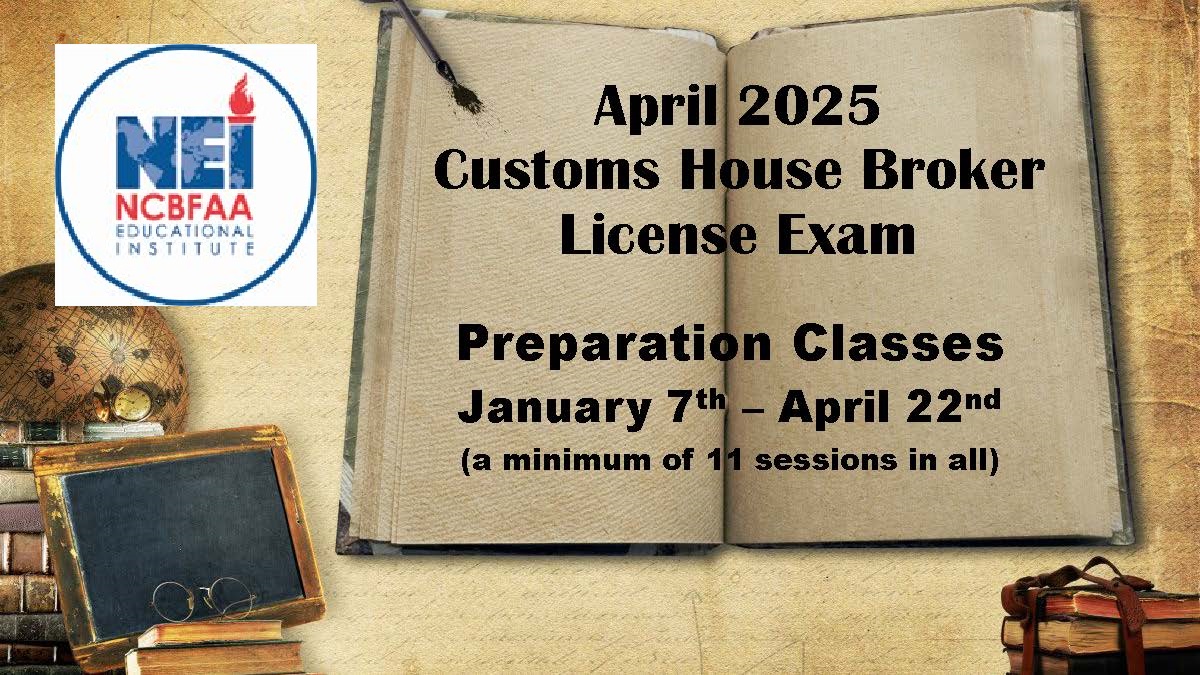On April 1, 2022, the three-judge panel at the U.S. Court of International Trade (CIT) hearing the challenge to the United States Trade Representative’s (USTR) imposition of List 3 and List 4A Section 301 additional duties on certain goods from China (In Re Section 301 Cases, Court No. 21-00052) issued an initial decision on the merits of the case. Slip Op. 22-32, Ct. Int’l Trade. Apr. 1, 2022.
The government had moved to dismiss the case on the grounds that the imposition of the Section 301 duties constituted presidential action that is not subject to judicial review or, alternatively, that the imposition of these duties implicates the political question doctrine, which would also preclude judicial review. The court rejected those arguments, holding that the decision to impose List 3 and List 4A were agency actions subject to the court’s review, and that plaintiffs’ (i.e., importers who have filed actions in this litigation) claims regarding statutory interpretation and compliance with procedural requirements are well-within the court’s authority to review.
On the issue of statutory interpretation, plaintiffs’ position is that USTR exceeded its statutory authority by imposing List 3 and List 4A in response to retaliatory actions taken by China following the imposition of the List 1 and List 2 tariffs. Plaintiffs’ view is that the statute only permits USTR to impose Section 301 duties in response to the practices that were the subject of the Section 301 Investigation, which centered on China’s theft of U.S. intellectual property. On this question, the court found that China’s retaliatory actions were linked to the investigated practices. Having found such a link, the CIT ruled that USTR’s modification of the original Section 301 duties was within the scope of its statutory authority.
Plaintiffs also argued that USTR failed to follow the procedural requirements of the Administrative Procedure Act (APA) when it promulgated List 3 and List 4A. On this issue, the court agreed with plaintiffs. Prior to imposing List 3 and List 4A, USTR received thousands of comments, the vast majority of which opposed the additional tariffs. The court held that USTR had failed to provide an adequate explanation of its decision to impose the additional tariffs or how it considered the comments that it received, and did not explain its decision to remove certain tariff subheadings from the initial versions of List 3 and List 4.
Having found that USTR violated the APA, the CIT remanded List 3 and List 4A to USTR and ordered USTR to provide an explanation of why certain provisions were included on these lists and why others were removed. The court set a deadline of June 30, 2022, for USTR to file an explanation of its actions. The explanation must be limited to the reasons that it took its final action and may not include new or post-hoc reasons. The court declined to vacate List 3 and List 4A (“for now”), pending USTR’s filing of further explanations. The parties are to file a joint status report within 14 days of the USTR filing. It is likely that the court will issue another decision after USTR files its report. As we have reported, an appeal of the final CIT decision to the U.S. Court of Appeals for the Federal Circuit (CAFC) is very likely.
Should you have any questions, please do not hesitate to contact one of our attorneys.




